Types of Ranches in Texas: A Quick Overview for Buyers
Texas land covers millions of acres, with plenty of opportunities for ranch ownership. The variety spans from large c...
Read MoreExpert insights and information for landowners
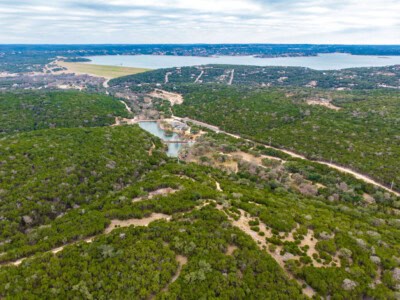
Texas land covers millions of acres, with plenty of opportunities for ranch ownership. The variety spans from large c...
Read More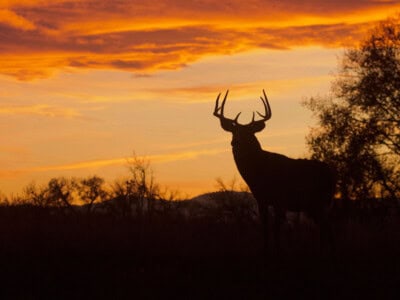
Texas ranch hunts are private hunting experiences on managed land, designed for focus and results. These hunts happen...
Read More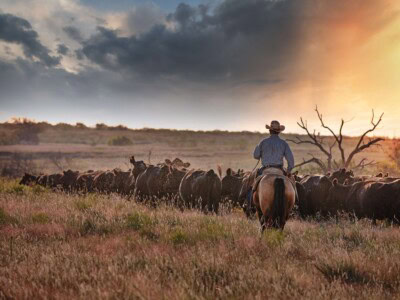
The biggest ranches in Texas cover more land than some entire states. These massive properties have been shaping Texa...
Read More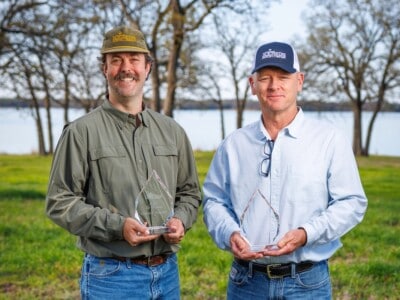
Each year, the Hortenstine Ranch Company Annual Spring Retreat is a highly anticipated event where brokers and agents...
Read More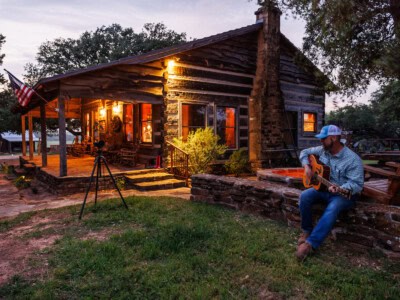
Broker Jack Fauntleroy, licensed in Texas real estate since 2007, has always had deep ties to the land. His roots in ...
Read More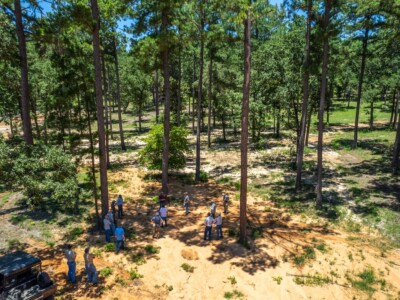
Recap of the Annual Hortenstine Ranch Company Gathering at WHH Ranch The annual ranch gathering hosted by Hortenstin...
Read More
Hortenstine Ranch Company (HRC) is excited to announce its annual ranch gathering for clients will be held at the WHH...
Read More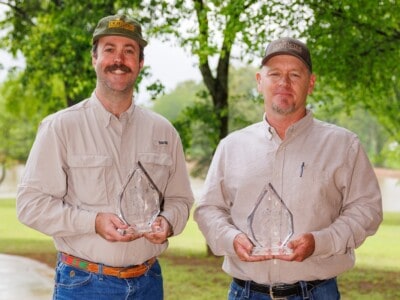
Bret Polk's recent achievement as Top Producer of the Year for the sixth time is a testament to his exceptional...
Read More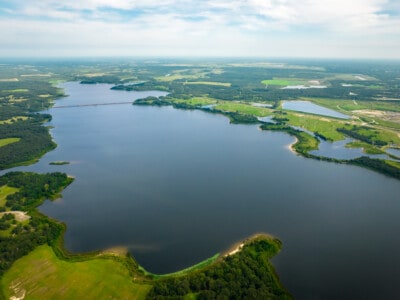
The Beautiful and Expansive Lake Monticello Is Projected to Hit the Market on April 3 DALLAS AND MOUNT PLEASANT, T...
Read More